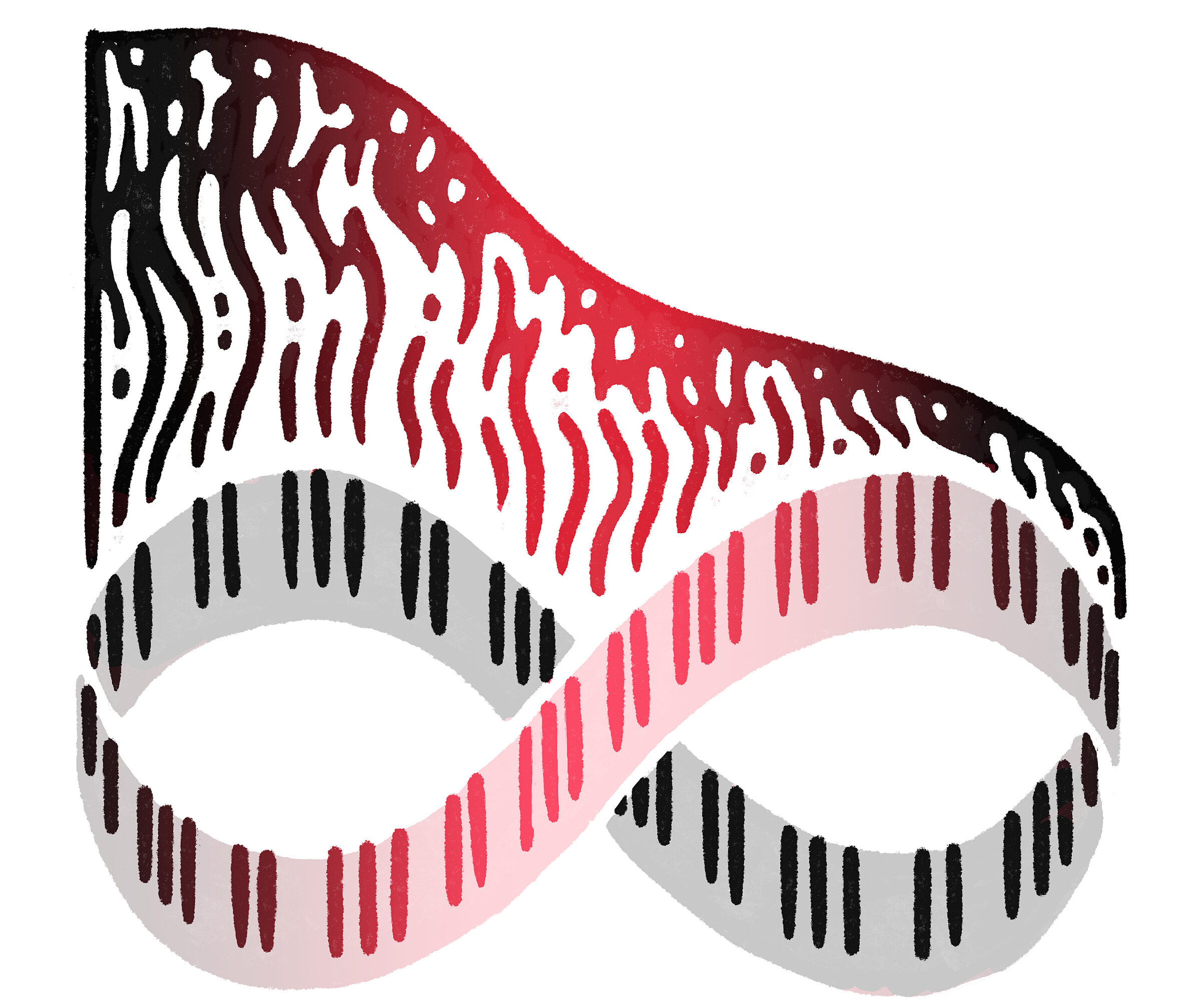Theoretical physicists often deal with the invisible. We think about mathematical structures which cannot be easily seen. We then start to calculate physical quantities and sometimes identify beauty in a regularity which has not been observed before. We formulate a hypothesis and if we are able to identify this regularity for certain, you will see us jumping for joy – we can now predict new physics!
String theory, the theoretical model I am working on, deals with one-dimensional objects which are super small and invisible to our eyes. The energies we are currently able to reach are not enough to make them visible. The central idea here is that the fundamental objects of nature are not localized at points in our spacetime – like in the standard description of physics – but are one-dimensional strings. We can think of these as the strings of a violin. In the same way a violin string creates frequencies, fundamental strings also create frequencies, each one corresponding to a different particle. The complexity of nature could thus be thought of as an orchestra playing an eternal concert.
String theory can solve a lot of problems concerning the current description of fundamental physics. The main reason why people are excited about it is that it combines gravity with quantum mechanics. In physics, quantum mechanics describes extremely small objects and general relativity describes the biggest objects in our universe. String theory offers a single description for both worlds. This is the unification that Albert Einstein was dreaming about.
However, this advantage comes at a price. For example, string theory implies the existence of nine spatial dimensions plus time instead of the usual three. It also relies on a feature called supersymmetry, which in principle could be detected by experiments, but it has not yet been confirmed. This makes some physicists skeptical. But it is worth recalling the case of gravitational waves, where it took 100 years to pass from theory to evidence.
In my research, I would like to use string theory to discover missing features of the theories that are currently used by physicists to describe the world. My area of work is called “Gauge-Gravity Duality”. The starting point is the hypothesis that string theory – in some special formulation – corresponds to a more standard theory of fields which is similar to those currently used to describe the physics of very small particles. Under this hypothesis – which is very well supported, though not rigorously proven – we can use string theory as a tool to understand fundamental aspects of our standard models.
I am a pianist. Playing the music of Bach, Brahms or Beethoven helps me to see the beauty of creation through the imaginativeness and logical structure of music. To me, piano music speaks to both the mind and the body and I believe that it evokes the complex architecture of nature. The language of mathematics is similarly rich and creative. I think that explaining the world with mathematics is as fulfilling as composing a piece of music. Even if ultimately only some product of your imagination is true because it can be confirmed by experiments.


